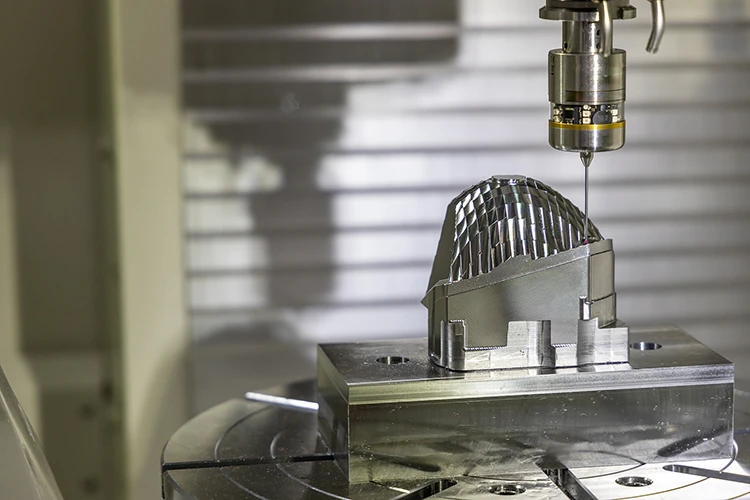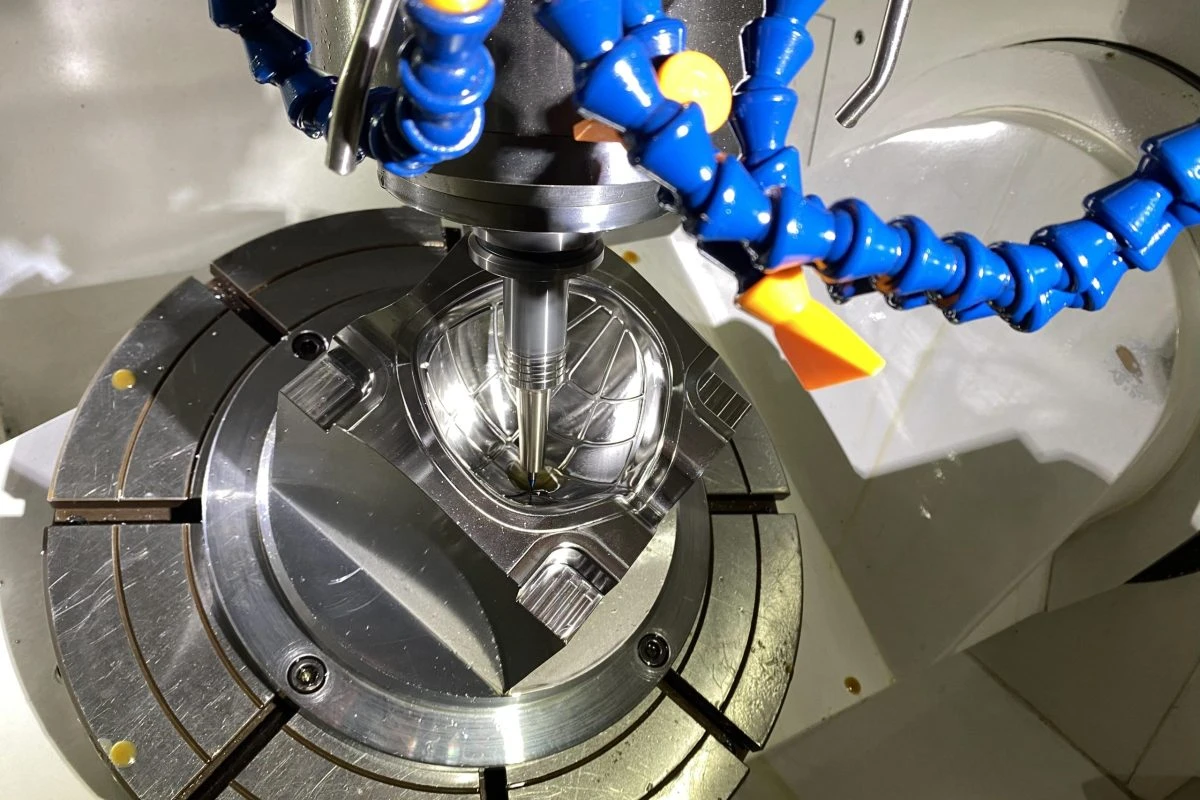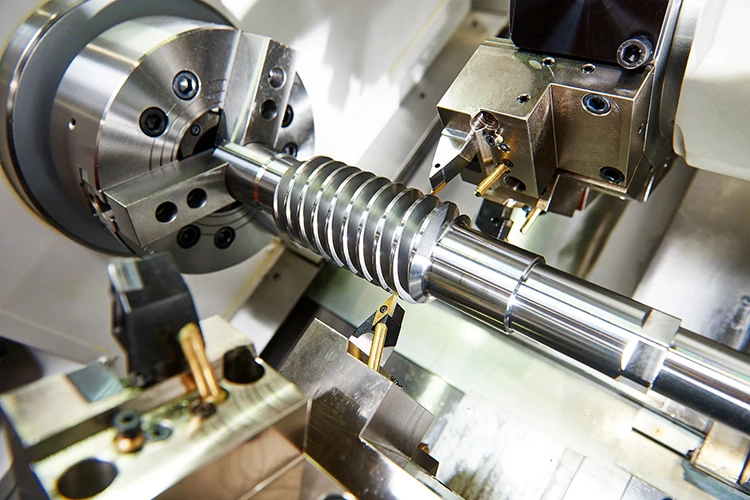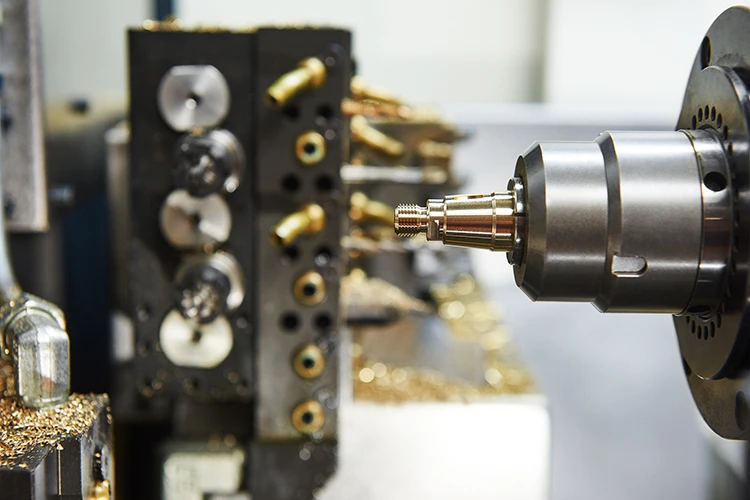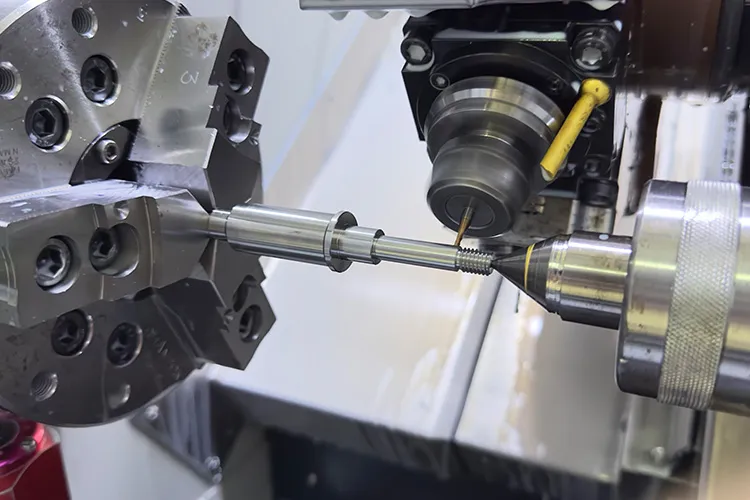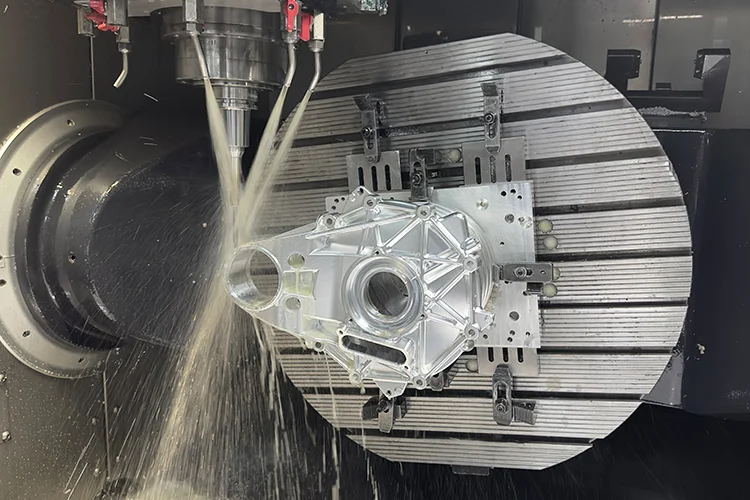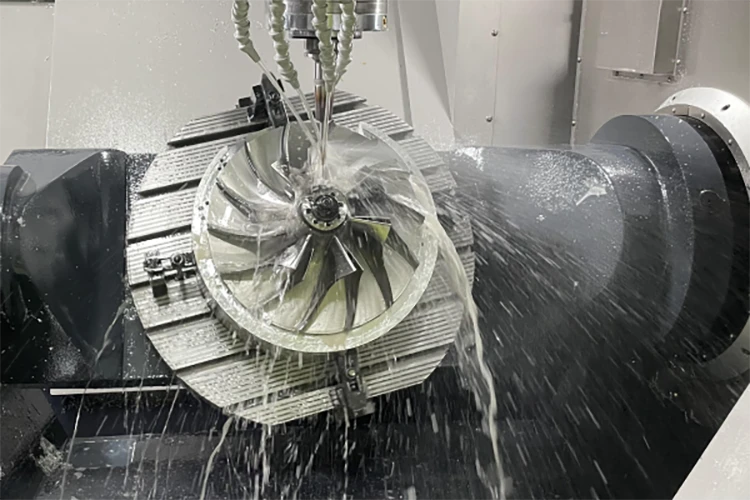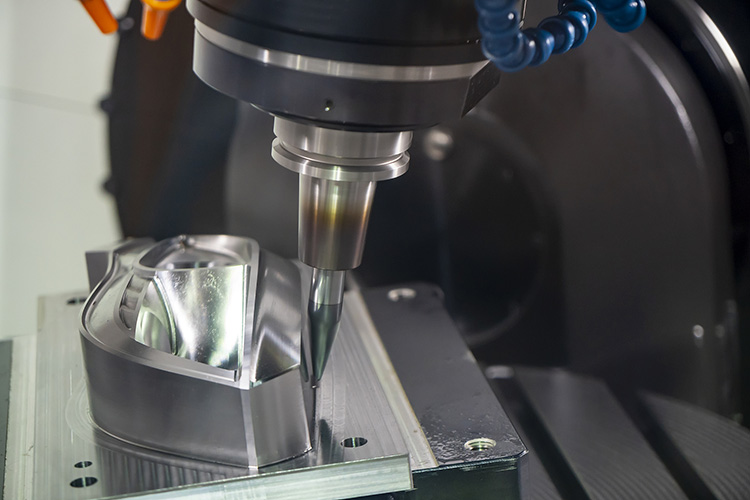1. Introduction to Surface Finishing Processes
Surface finishing processes are essential in manufacturing, enhancing the appearance, durability, and functionality of components. Whether it’s protecting against corrosion or achieving a sleek, decorative look, finishes like zinc plating and chrome plating are widely used across industries.
This article explores the zinc plating procedure and chrome plating, comparing their processes, advantages, and applications. We’ll also discuss how CNC surface finish plays a vital role in preparing components for these plating technologies.
2. What Is Zinc Plating?
Zinc plating is a process where a thin layer of zinc is applied to a metal surface to protect it from corrosion. This economical finishing method is ideal for functional parts exposed to mild environments.
Zinc Plating Procedure:
- Surface Cleaning: Removing dirt, grease, and oxides to ensure proper adhesion.
- Electroplating: Immersing the part in a zinc electrolyte solution and applying an electric current to deposit zinc onto the surface.
- Post-Plating Treatment: Adding a chromate conversion coating for additional corrosion resistance and aesthetic appeal.
Advantages of Zinc Plating:
- Affordable for mass production.
- Provides moderate corrosion protection.
- Versatile finishes (clear, yellow, black chromates).
Applications:
- Automotive parts: Fasteners, brackets, and bolts.
- Industrial hardware: Hinges, clamps, and fittings.
Example: Zinc-plated screws are commonly used in construction to resist rust in humid environments.
3. What Is Chrome Plating?
Chrome plating involves depositing a layer of chromium onto a surface to improve hardness, corrosion resistance, and appearance. This premium finishing process is ideal for components requiring high durability and a polished look.
Chrome Plating Procedure:
- Surface Preparation: Grinding and polishing the substrate for a smooth base.
- Electroplating: Immersing the part in a chromium electrolyte solution and applying an electric current to coat it with chromium.
- Post-Plating Inspection: Ensuring a flawless, reflective finish.
Advantages of Chrome Plating:
- Exceptional hardness and abrasion resistance.
- Bright, mirror-like finish.
- Long-lasting protection against wear and corrosion.
Applications:
- Automotive trims and decorative components.
- Industrial machinery parts like hydraulic rods and rollers.
- Consumer goods like faucets and lighting fixtures.
Example: Chrome-plated exhaust pipes on motorcycles provide both durability and a premium aesthetic.
4. Key Differences Between Zinc Plating and Chrome Plating
| Aspect | Zinc Plating | Chrome Plating |
|---|---|---|
| Purpose | Corrosion protection. | Aesthetic and durability enhancement. |
| Cost | Affordable, ideal for large runs. | Higher cost, premium finish. |
| Appearance | Matte or lightly reflective finishes. | Bright, mirror-like finish. |
| Durability | Moderate resistance to wear. | High resistance to wear and abrasion. |
| Applications | Fasteners, brackets, hardware. | Automotive trims, decorative parts. |
Takeaway: Zinc plating is economical for functional components, while chrome plating is suited for applications where aesthetics and performance are equally important.
5. CNC Surface Finish and Plating Technologies
The Role of CNC Surface Finish:
Before plating, a precise CNC surface finish is crucial to ensure the coating adheres evenly and achieves the desired appearance and performance.
Why It Matters:
- Polished Surfaces: Enhance the reflectivity of chrome plating.
- Consistent Textures: Ensure uniform zinc deposition and avoid weak spots.
- Defect-Free Base: Prevents issues like peeling or uneven finishes.
Example in Practice: A CNC-machined aluminum part with a polished surface results in a flawless chrome-plated automotive trim.
6. Choosing the Right Plating Process
- Environment:
- Use zinc plating for components in mild or indoor environments.
- Opt for chrome plating in high-wear or decorative applications.
- Cost Considerations:
- Zinc plating offers cost-effective protection for functional parts.
- Chrome plating is an investment for high-performance components.
- Aesthetic Goals:
- Zinc plating suits functional finishes, while chrome plating provides a luxurious, mirror-like look.
- Durability Needs:
- Zinc is sufficient for moderate wear, but chrome excels in abrasive conditions.
Example: A galvanized steel bracket is ideal for structural applications, while a chrome-plated motorcycle exhaust adds durability and visual appeal.
7. How Tik Precision Supports Surface Finishing Projects
At Tik Precision, we ensure your CNC-machined components are ready for high-quality plating processes.
Our Services Include:
- Precision CNC Machining: Preparing components with tight tolerances and polished surfaces for plating.
- Surface Preparation Expertise: Ensuring defect-free bases for optimal plating adhesion.
- Collaboration with Trusted Partners: Delivering consistent results for zinc and chrome plating projects.
Contact us today to learn how our expertise in machining and surface finishing can elevate your projects.
8. Conclusion
Zinc plating and chrome plating are two versatile surface finishing processes, each with distinct benefits and applications. While zinc plating offers economical corrosion protection, chrome plating delivers unmatched durability and aesthetics.
By choosing the right plating process and combining it with precise CNC machining, manufacturers can achieve both functional and visual excellence. Partner with Tik Precision to ensure your components meet the highest standards in plating and finishing.

